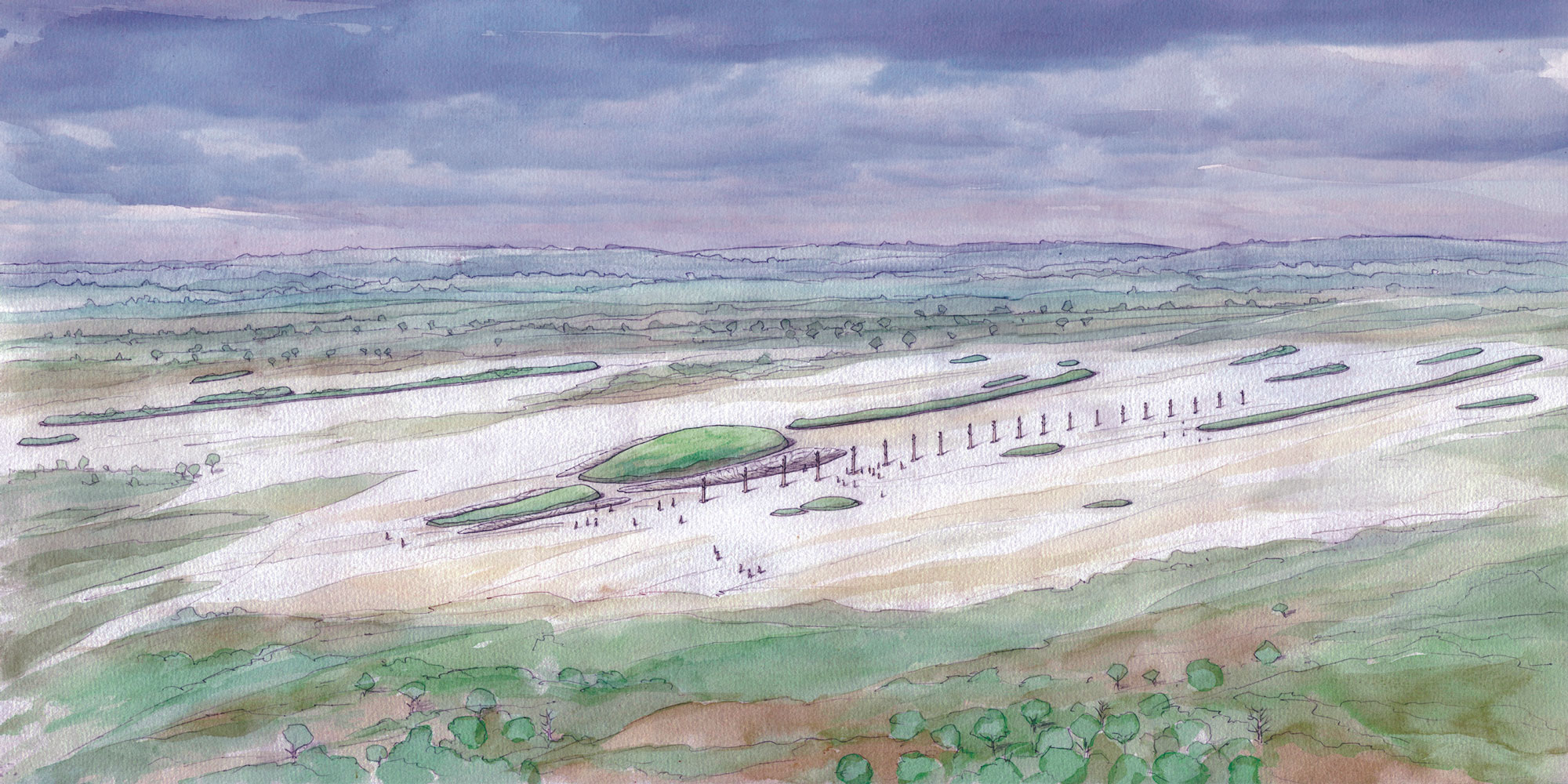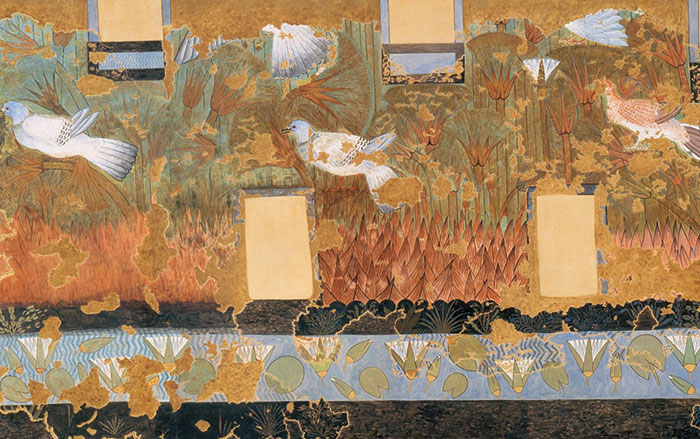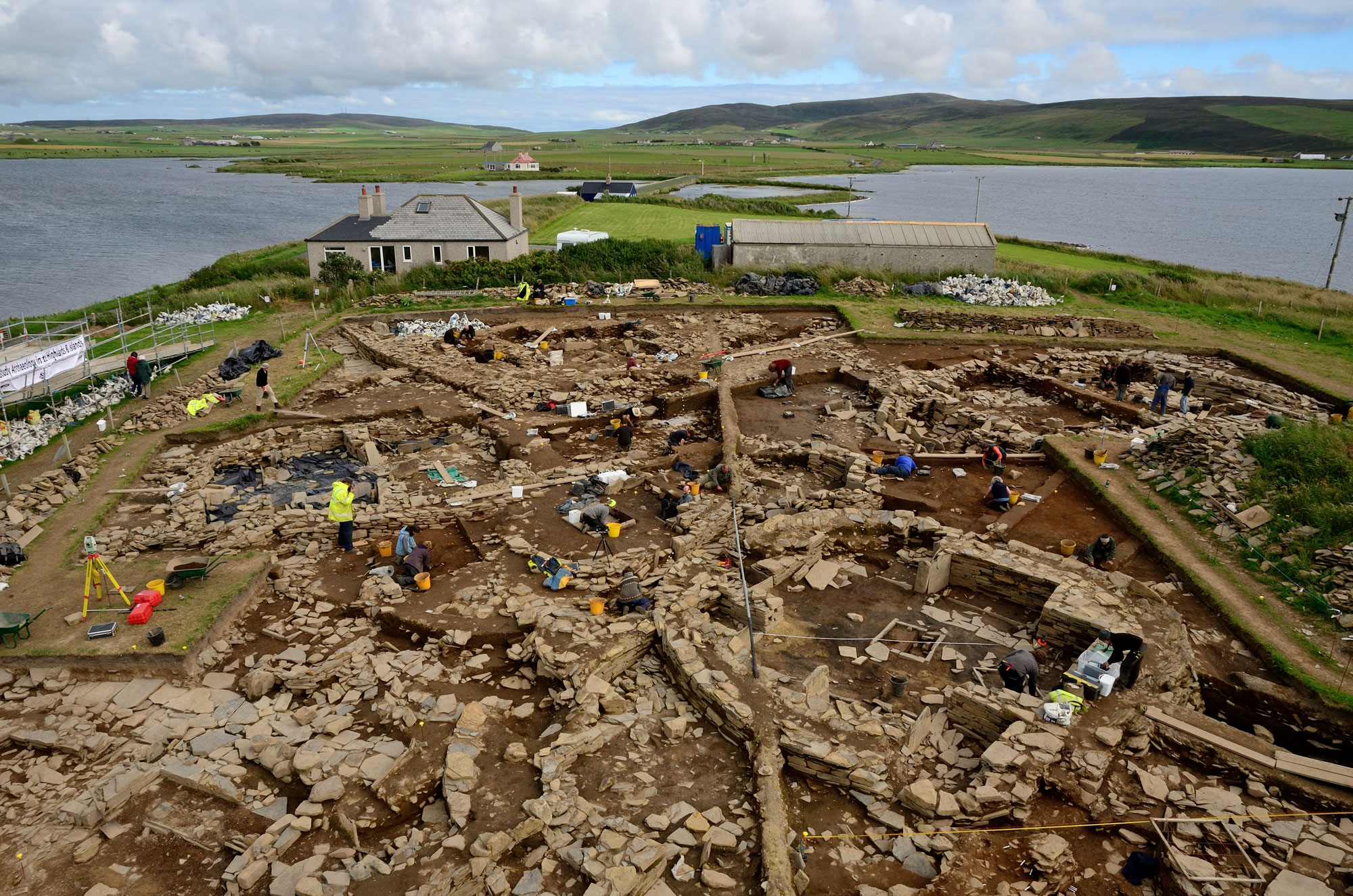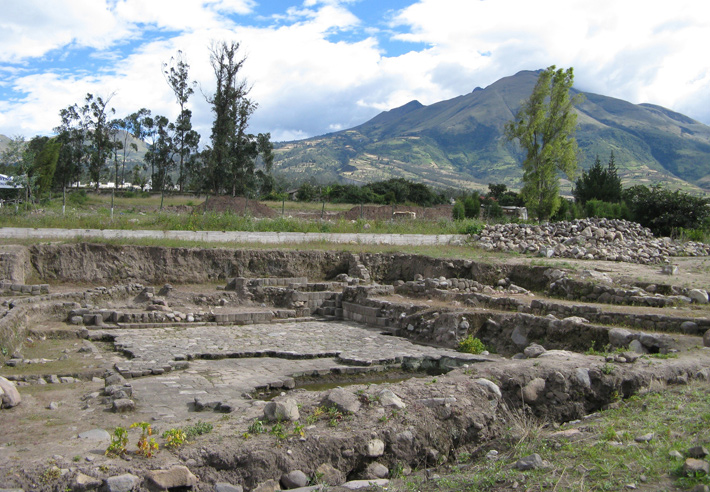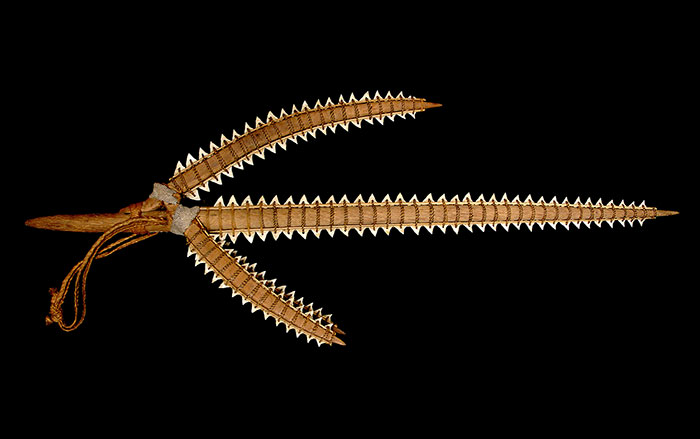
MANNHEIM, GERMANY—Anna Maria Luisa de’ Medici, the last of the powerful Medici family, died in 1743 after a long and painful illness. It had been thought that she suffered from syphilis or breast cancer, but newly released photographs of her remains, taken in 1966 after severe flooding in Florence, show her skeleton to be mostly intact, thus ruling out late-stage syphilis. Biological anthropologist Albert Zink of the European Academy of Bolzano, Italy, will analyze a bone sample collected in 1966. “Full DNA sequence information may allow us to identify any susceptibility genes for breast cancer, but we don’t yet know if the sample is of sufficient quality for this since the tomb environment had been very damp,” he said.



